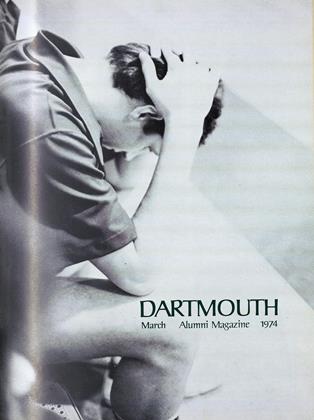Darrel Mansell (Associate Professor of English).New York: Barnes & Noble, 1973. 226 pg.Price $13.00
A single idea underlies Professor Mansell's interpretations of Jane Austen's novels: "how the heroines become prepared to take their places in the world." (p.ix) In all the novels "the heroines create a pleasing little aesthetic world to live in, and that world must be punctured by 'fact'." (p.89)
The focus of each chapter is the heroine of the novel being discussed: her range of consciousness, the facts of the world she encounters, and the way she changes. Although each novel has a chapter of its own, the central thesis is kept well in the foreground, and many cross-references keep us ever mindful of Jane Austen's controlling art and developing skill. For example, Mansell writes in his chapter about Mansfield Park, "Jane Austen's wit is giving way to 'wisdom', her 'satire' to 'morality'." (p.120). In the last chapter, "Persuasion: Romanticism," he says, "At the outset of every one of the novels the heroine is under a spell that prevents her from seeing the world as it really is. As Jane Austen's art has progressed she has conceived the illusion in more and more general terms." (p.189)
The excellence of the book for me rests in the judicious selection of quotations from the novels, the wide range of sources, and the style. One of the best examples of apt quotations is the paragraph comparing Emma and Miss Bates (p.167), which I wish I had room to quote. The sources include minor works by Jane Austen, letters, biographies, facts of publication or customs, and critics early and late. This material has wisely been kept subordinate, always illuminating but not dominating the development of Mansell's own thesis. His style is clear and concise, blessedly free of jargon and occasionally enlivened by metaphors like the following: "The few isolated facts in the novels are the hard, angular challenges to the illusions of her characters, like outcroppings of rock in the sea." (p.28)
Credit also ought to be given to those who designed and printed the book. It is one of the best-looking and readable books I have seen in recent years.
In his preface Professor Mansell with sensible modesty rejects any claim to be presenting the correct interpretation of the novels. He has "merely tried to emphasize one of all the diverse and even contradictory meanings her great art will yield, or endure." (p.xii) The meaning he has isolated is not the meaning I consider basic. His Jane Austen is not my Jane Austen, and your Jane Austen no doubt is different from both his and mine. In this very diversity lies the proof of her greatness as an artist, and about this we can all agree.
Professor of English at Wellesley College, MissLever is the author of, among other works, The Novel and the Reader: A Primer for Critics.
 View Full Issue
View Full Issue
More From This Issue
-
 Feature
FeatureJournal of a Long Season
March 1974 By TOM EGGLESTON -
 Feature
FeatureTEMPLE B: Diary of Discovery
March 1974 By HUGH JOHNSTON AND SUZANNE JOHNSTON -
 Feature
FeatureConduit for the Faith)
March 1974 -
 Feature
FeatureDelivery Man
March 1974 By M.B.R. -
 Feature
Feature"The assurance of ancient kings"
March 1974 By Churchill P. Lathrop -
 Article
ArticleBig Green Teams
March 1974 By JACK DEGANGE
KATHERINE LEVER
-
 Books
BooksTHE ODYSSEY OF HOMER.
FEBRUARY 1968 By KATHERINE LEVER -
 Books
BooksPETER IN ROME. THE LITERARY, LITURGICAL, AND ARCHEOLOGICAL EVIDENCE.
JUNE 1969 By KATHERINE LEVER -
 Books
BooksAMERICAN WOMEN: A STORY Of SOCIAL CHANGE.
OCTOBER 1970 By Katherine Lever -
 Books
BooksDOMESTIC FABLES.
MAY 1972 By KATHERINE LEVER -
 Books
BooksKAZANTZAKIS AND THE LINGUISTIC REVOL UTION IN GREEK LITERATURE.
JUNE 1973 By KATHERINE LEVER -
 Books
BooksEURIPIDES: IPHIGENEIA IN TAURIS.
February 1975 By KATHERINE LEVER
Books
-
 Books
BooksThe Story of the Western Railroads
August, 1926 -
 Books
BooksDEMOCRATIC GOVERNMENTS IN EUROPE:
October 1936 By A. H. Basye -
 BOOKS
BOOKSMoney Talks
JULY | AUGUST 2021 By C.J. Hughes ’92 -
 Books
BooksConversation
September 1980 By Colette L. Gaudin -
 Books
BooksROBERT FROST, ORIGINAL "ORDINARY MAN"
APRIL 1929 By Evan A. Woodward -
 Books
BooksTHE NAKED WARRIORS.
November 1956 By JOHN HURD '21

